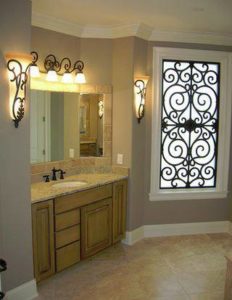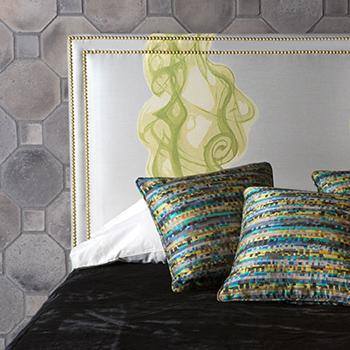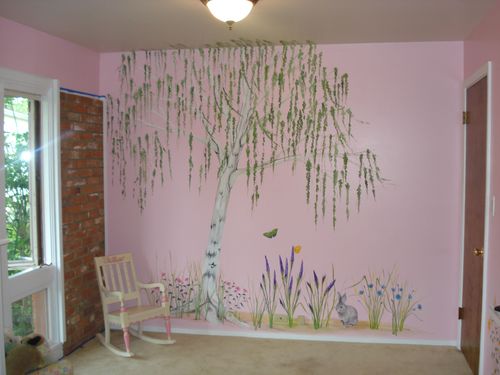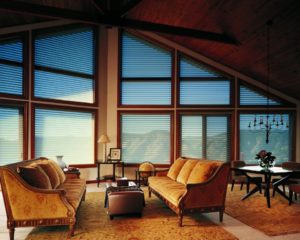Wrought iron without the weight. An affordable alternative to custom iron work.

It looks beautiful in a home, whether on the walls or ceiling or even on the windows. Wrought iron can be decorative or practical. It can be a wall sconce that holds a light, be a decorative piece that adds stunning beauty to a ceiling or reinforce the security of your doors and windows while adding an elegant look.
Why don’t more people use these beautiful pieces in their homes? Because authentic wrought iron work is very heavy and difficult to install. It’s also made by hand and is very expensive.
Many people don’t know that an alternative is available. Tableaux Faux Iron, a company in Texas, makes custom faux wrought iron. It looks just like the real thing, but is much lighter and much more affordable than real wrought iron work.
Tableaux products come in many designs and finishes. Each piece is made to order and the designs can be customized by size and pattern. Choose a standard finish or submit a custom color.
- Iron (no rust, light rust or full rust)
- Antique Bronze
- Aged Gold
- Aged Silver
- Buckingham Gold
- Patina Bronze
- White
This lighter version of wrought iron can be used in creative ways that are difficult to accomplish with the heavier authentic version. We can use them to subtly divide a room. They can be installed as unique valances or as part of a window treatment.
Our designer, Theresa Guthals, recently designed a bathroom and used the Tableaux faux wrought iron on the ceiling. The room started out as an ordinary bathroom, but the wrought iron gives it a romantic, soft look. You wouldn’t expect that from a product made from something so solid, but Theresa knows how to use it to its best advantage.
She can add the same magic to your home. Contact us for a consultation and learn about new ways to bring texture and depth to your home.






 Some people dislike wallpaper, but how often does their dislike seep into the supernatural world?
Some people dislike wallpaper, but how often does their dislike seep into the supernatural world?
 Did you wonder in high school when anyone ever uses geometry in real life? Few people calculate the mathematics of their furniture arrangements, but geometry is actually what makes the difference between an attractive arrangement that makes sense to the eye and one that doesn’t.
Did you wonder in high school when anyone ever uses geometry in real life? Few people calculate the mathematics of their furniture arrangements, but geometry is actually what makes the difference between an attractive arrangement that makes sense to the eye and one that doesn’t.
